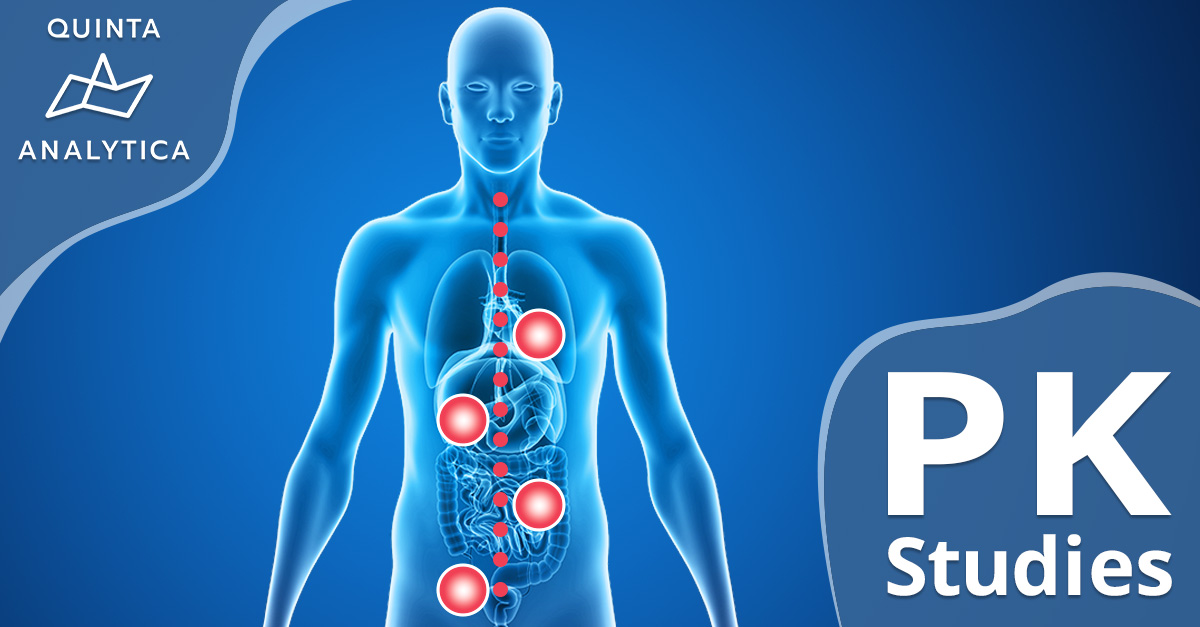
Pharmacokinetics.
Complex, yet fascinating.

This key branch of pharmacology is dedicated to determining the fate of substances administered to a living organism, including that of any chemical xenobiotic such as pharmaceutical drugs, pesticides, and food additives. Simply put, the study of how a drug moves into, through, and out of the body is known as pharmacokinetics (PK).
Focused primarily on the study of the time-course of drug absorption, distribution, metabolism, and excretion, the application of pharmacokinetic principles contribute significantly to the safe and effective therapeutic management of drugs in patients and are therefore an essential stage in all drug development.
By describing how the body affects a specific xenobiotic after administration, outlining its absorption and distribution, as well as reporting the metabolic changes of the substance in the body (e.g. by metabolic enzymes), and indeed understanding the effects and routes of excretion of the metabolites of the drug, it’s possible to build a much clearer picture of how dosage, route of administration and absorption relate, and can be optimized for best efficacy.
Furthermore, all these above stages of course influence the course of concentration over time, or in scientific terms, the basic pharmacokinetic curve. As the main objective in running such studies in this area, obtaining the knowledge of when maximal concentration (Cmax) is achieved, (Tmax) the time it takes to achieve it, and clear data on (AUC) the area under the curve, you can have confidence in the way your medicine will be dealt with by the body.
Comprising teams of world-leading experts in the field of bioanalytics, QUINTA-ANALYTICA offers an exceptional array of testing, including full PK studies. Operating globally yet retaining a local approach, speak to the team at Quinta to see how they can help your next drug to market quicker, and more professionally than ever before.




